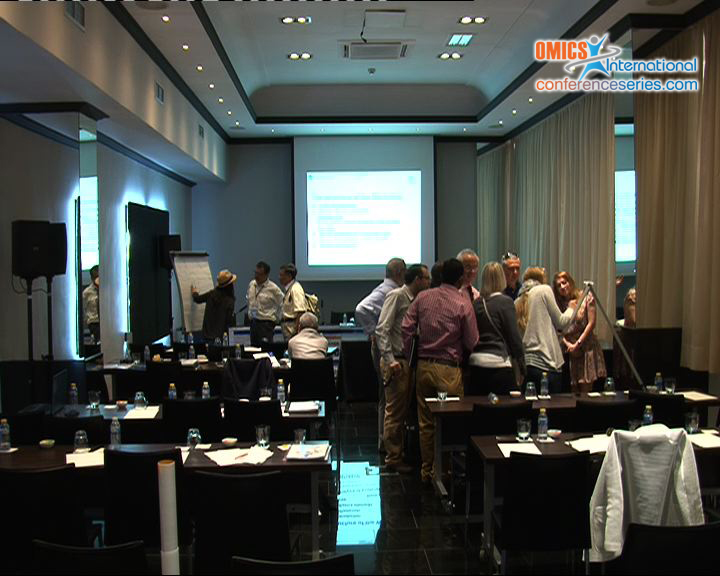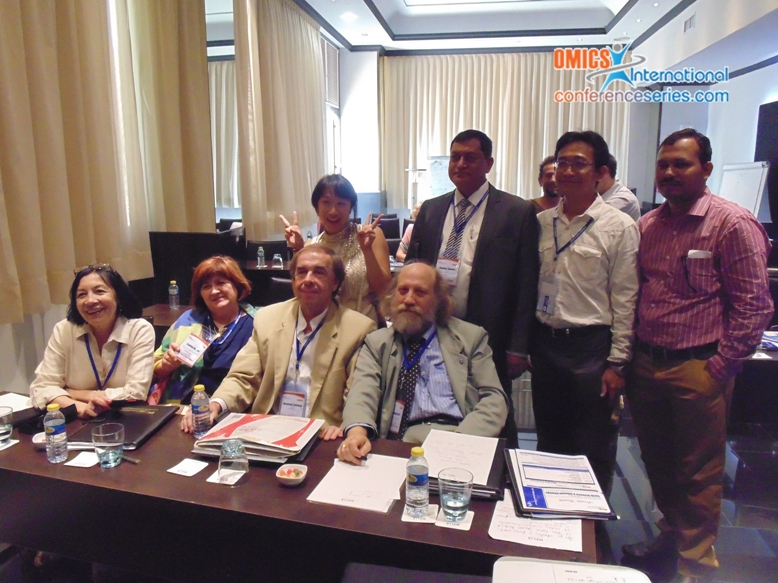
Julius Mandigma Galdiano
University of the Philippines
Philippines
Title: Tsunami hazard assessment along the coast of Lingayen Gulf, Pangasinan, Philippines
Biography
Biography: Julius Mandigma Galdiano
Abstract
This study discusses the tsunami simulation performed in Lingayen Gulf using two different earthquake scenarios. Three bathymetry datasets (GEBCO 1 arc-min, GEBCO 30 arc-sec, and GEBCO 30 arc-sec updated with digitized bathymetry points) were used and the resulting tsunami heights and travel time calculation were compared. The results further complement the objective of the existing tsunami sensor installed in Lingayen Gulf, which aims at giving timely warning when a tsunami strikes the coastal communities. The simulation results demonstrated that the two earthquake scenarios produced different tsunami heights and travel times. Also, the uses of GEBCO 1 arc-min and GEBCO 30 arc-sec bathymetry datasets have remarkable differences on the resulting tsunami heights and travel times. Whereas, the uses of GEBCO 30 arc-sec and GEBCO 30 arc-sec updated with digitized bathymetry points have negligible differences. The existing tsunami sensor is effective as an alarm system in the inner bay, while it is ineffective in the outer bay. A combination of the existing and a proposed site of tsunami sensor along the Lingayen Gulf would advance to a robust tsunami early warning system to the affected coastal communities.


